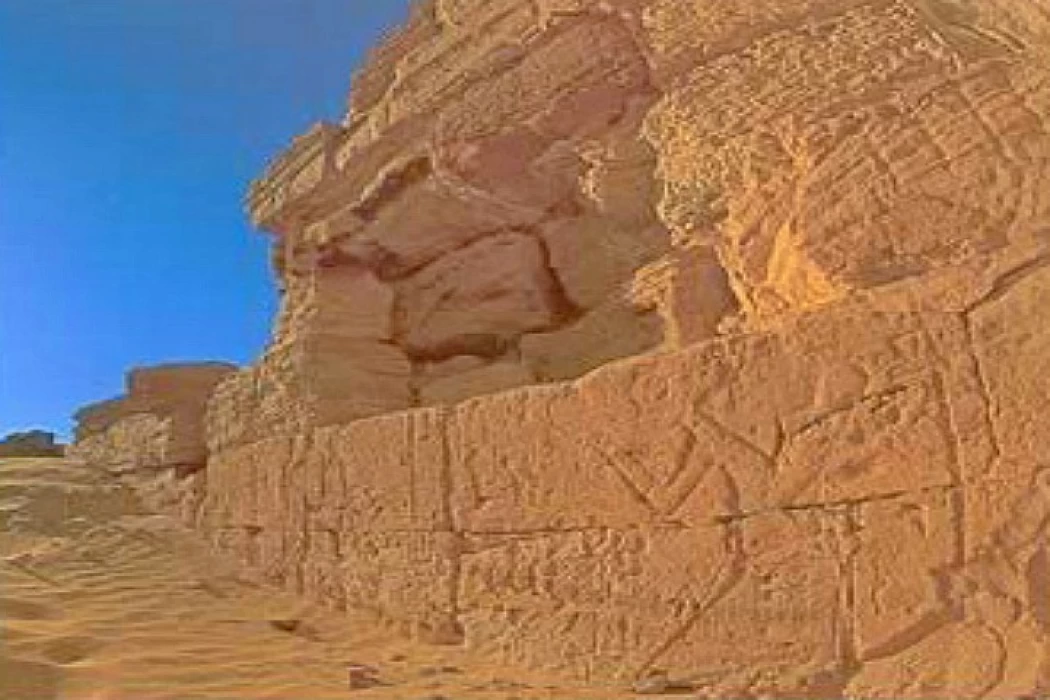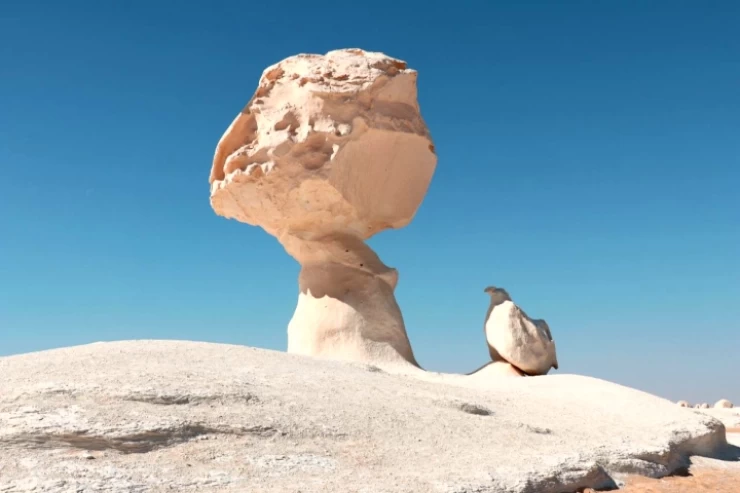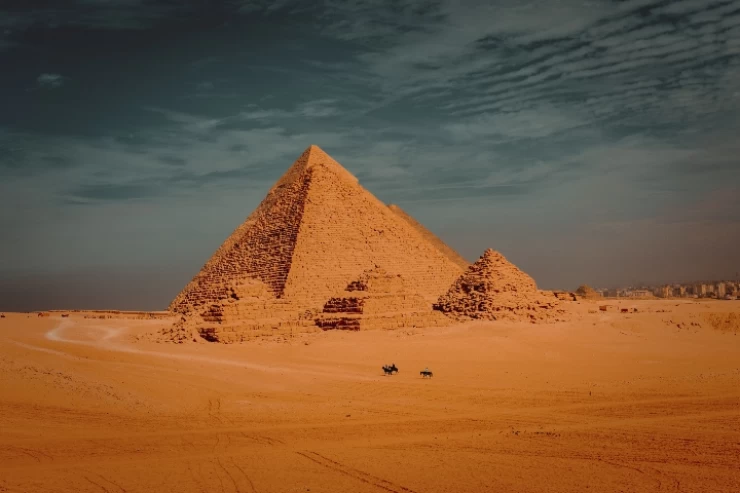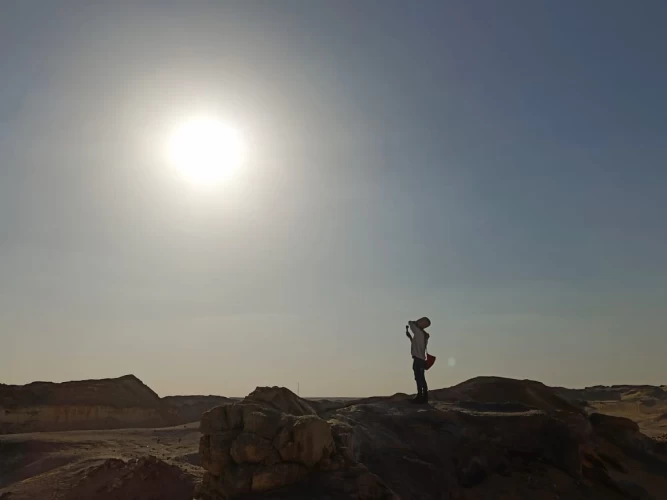
El Qasr Village in Bahariya Oasis
El Qasr Village in Bahariya oasis
The Islamic village of El-Qasr, a unique model of Islamic antiquities, is located north of the Dakhla Oasis, about 35 kilometers from the city of Mut, the capital of the oasis, the first to receive Islamic tribes in the oases in the year 50 AH, with the remains of a mosque from the first century AH, and flourished in the Ayyubid era, and was the capital The oases, whose name is relative to the palace of the ruler.
It is considered one of the most important Islamic monuments, as it represents the only remaining model of Islamic cities and civil architecture in the Ottoman era, and the city is distinguished for its large number of construction texts and historical documents, which are important sources for learning about the history of this important village.
The village of El-Qasr was designed according to organized planning that was followed at that time and those buildings are still present in their form, a testament to the ingenuity of the organization and planning of Islamic cities, where the temperature inside the Islamic Cairo decreases in summer and keeps warm in winter.


















